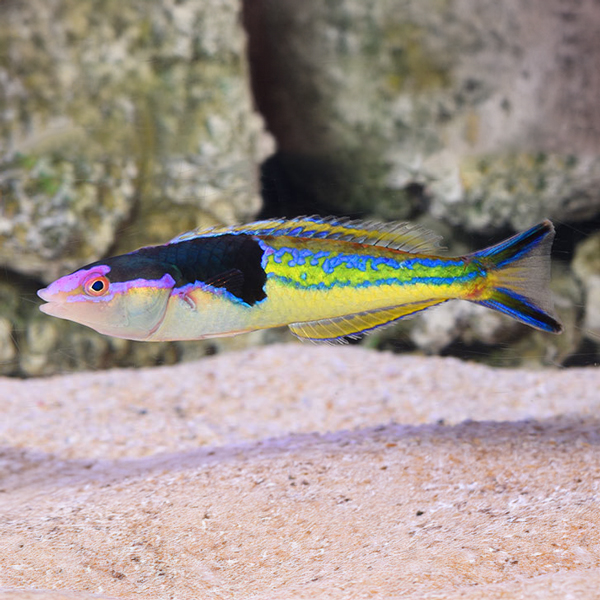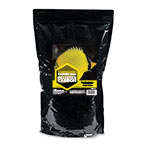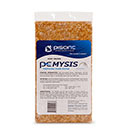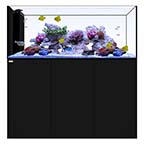

Additional locales and sizes may be available!
Additional locales and sizes may be available! Email me when availableQuick Stats
What do these Quick Stats mean? Click here for more information
What do these Quick Stats mean? Click here for more information
Overview
Did you know that this specimen ships from our LiveAquaria® Wisconsin Facility, home of our popular Diver's Den® WYSIWYG Store and our LiveAquaria® Certified Captive Grown Corals (CCGC)? What that means is that you can rest assured knowing this specimen received the highest level of care from our experienced and professional LiveAquaria® staff.
The Royal Pencil Wrasse Pseudojuloides severnsi is a marine species that is spectacularly colored, especially the males. It is also known as the Severnsi Wrasse. Male specimens are slightly larger than females growing to approximately five inches. Males of this species display multiple colors and intensities depending on their color phase. Mature males display fuchsia to red markings on their nose which can run around its eyes and then stream past the gill covers to the mid-section of the Wrasse. Overall body color is light green and muted on the underside. Mature males sport a large, dark blotch or “saddle” from the eyes to middle of its back on the upper half of the fish. From the mid-section back, the Wrasse displays variations of blue/green and yellow horizontal stripes which end at the base of the blue to indigo colored tail fin. Female Pencil Wrasse are an overall orange color with yellow eyes and mostly transparent fins. Together, the male and female Wrasse complement each other well and are deserving of the Royal name. The pinkish orange colored females are sometimes called Pink Pencil Wrasse. All Pseudojuloides severnsi are born female and can change to male later in life.
Pseudojuloides severnsi can be territorial with others of their own species, so is best to keep alone. If aquarium is large enough, aquarists could consider keeping a small harem consisting of one male and multiple females but should be mindful that they will feed on microbes in the substrate, so will be depleted faster or more often with a harem. If trying to maintain a small group of these fishes, introducing them simultaneously into the display is ideal.
Due to its delicate nature, it should be cared for by an advanced aquarist. It doesn’t bother corals or anemones but can pick on or consume small inverts. In nature, this species can be found in open areas covered with rocks, rubble, and coral patches. Active during the day, it can hide in crevices or caves during the night. It should be added to a mature aquarium because it feeds on microscopic organisms found in live rock or the substrate. It needs plenty of area in which to swim. A deep sand substrate is necessary, because the Royal Pencil Wrasse will dive into it if it feels threatened. Because it will jump, a lidded aquarium should be used.
Oviparous, this Wrasse forms distinct pairs during breeding, but have been found difficult to breed in the home reef aquarium.
This species has a reputation of being difficult to feed because it can be out competed for food by others, and if it feels threatened, it may stop venturing out to feed. Multiple feedings during the day are preferred to one larger daily feeding. It will accept a variety of small foods that will fit into its mouth. This member of the Labridae family is an omnivore that naturally searches out microscopic foods in live rock and substrate. When first introduced to the aquarium, live marine feeder shrimp can be used to entice this marine fish to eat. It may be trained to accept premium meaty crustacean foods, frozen Mysis and brine shrimp, krill, marine algae and Spirulina.
Approximate Shipping Size: 4" to 5"











